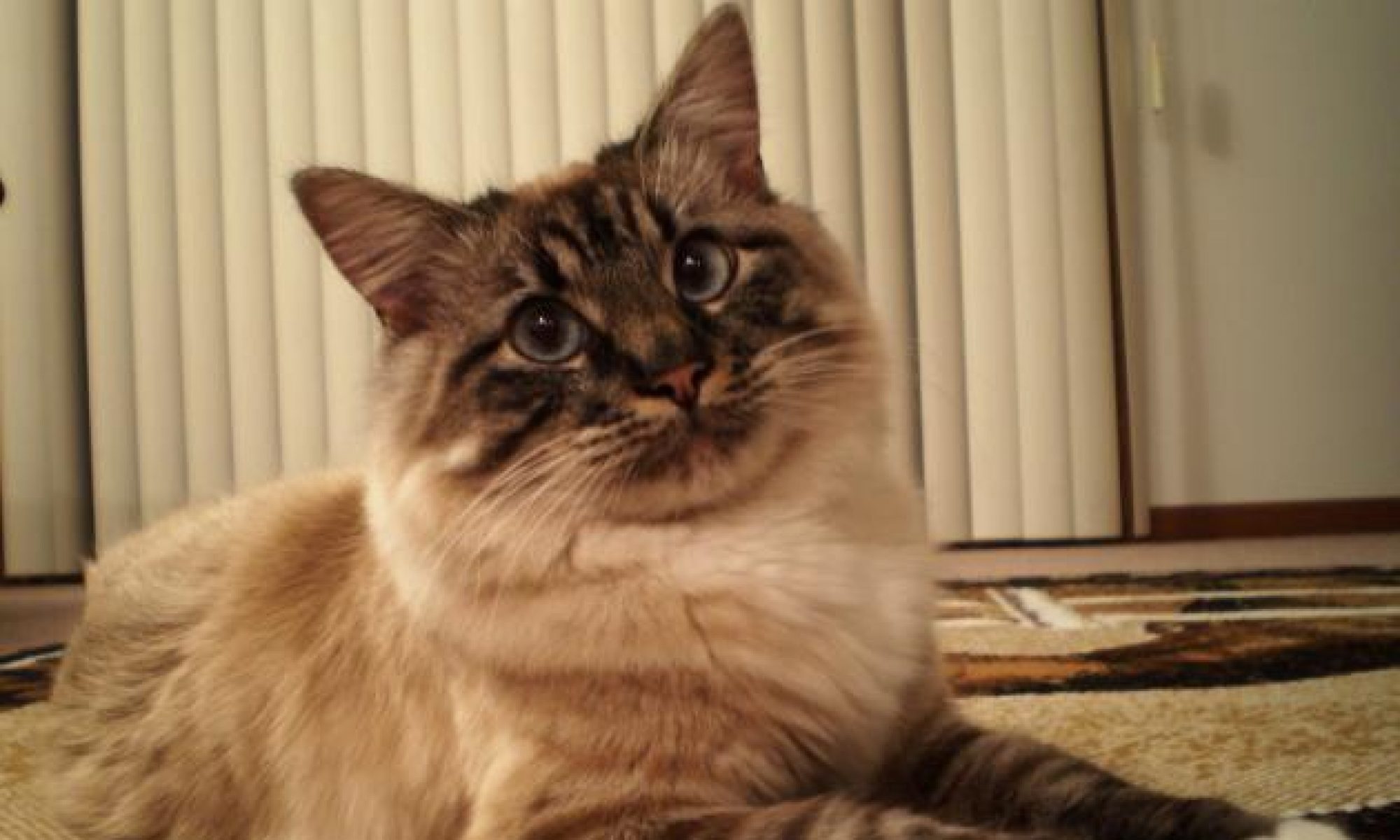Amount to feed
Rabbits should be provided with a pelleted diet daily. You may also choose to feed a home-prepared diet of fresh vegetables and greens. The amount to feed depends on the rabbit’s age and reproductive status. Young growing and pregnant or nursing rabbits may be provided with food ad libitum. This means they are provided with an excess of food and can eat as much as they want during the course of the day and night.
Adult rabbits should be fed based on label guidelines for the diet that you have chosen. In general, this means about a ¼ cup pellets per 5 pounds of body weight. This amount may need to be adjusted based on your rabbit’s energy level. More active rabbits will need to be fed more than less active ones. Watch your rabbit to ensure it is not losing or gaining weight, and adjust the amount of food offered accordingly.
Rabbits should always be supplied with high-quality grass hay. The fiber in grass hay promotes proper digestion and also gives your rabbit something to nibble on throughout the day.
Rabbits also should be provided fresh water at all times. Rabbits drink surprisingly large amounts of water for their body size. Make sure they have plenty of water at all times.
When to feed
Rabbits are crepuscular. This means that in the wild they would eat at dawn and dusk. These are the times of day that the fewest predators are out hunting. Rabbits should be fed in a similar pattern in captivity for optimal health.
You should check your rabbit’s feed and water twice a day – first thing in the morning and in the evening. Rabbits should have access to hay at all times, so make sure to add hay each time you check on your rabbit.
Providing pellets or fresh greens during the evening feeding is optimal. Rabbits are most likely to eat their pellets during the evening and overnight hours. Providing food during this time decreases the number of unwanted behaviors (chewing, playing with water bottle) that may occur in the overnight hours.
The water should be changed daily. Algae can quickly build up in the water. This accumulation of algae can restrict proper suction, leading to dripping, and can also prevent water flow when the rabbit attempts to drink.
Feeding equipment
Bowl versus feeder:
The design of food and water bowls greatly varies. For pelleted or home prepared foods, ceramic bowls work best. If choosing to feed fresh vegetables or other greens, you may want to have a separate bowl than that used for the pelleted diet. The weight of the bowl prevents rabbits from tipping over their food. Bowl tipping is a natural behavior that many rabbits exhibit. Ceramic bowls are also relatively easy to clean by hand but can also be placed in the dishwasher. Particular attention needs to be paid to bowls used for vegetables or fresh greens. These bowls should be emptied and cleaned daily to prevent possible bacterial contamination. Keep in mind that the bowl should not be too deep. This is especially true for young bunnies and smaller breeds such as dwarfs and lionheads.
Pelleted food can also be placed in metal feeders that attach to the sides of the cage. This type of feeder may prevent rabbits from wasting food. Metal feeders allow owners to provide rabbits more than a day’s portion of pellets and will allow the rabbit to eat as much as it wants. Ad libitum access to pelleted food can cause obesity in adult rabbits. This type of feeder may be useful when feeding young growing or pregnant rabbits that have higher nutrient needs.
Hay rack:
To prevent hay from being dispersed and mixed with bedding, a hayrack can be used. Rabbit hayracks are metal or plastic and can attach to the side of the cage, similar to metal feeders. To prevent a rabbit from getting its head caught while reaching for hay, the openings in the hayrack should be no larger than 1-by-2 inches.
Water bottle versus crock:
Water should be provided in a gravity water bottle. This type of waterer hooks onto the side of a rabbit’s cage and provides a continuous supply of water through a metal tip. By licking the metal tip, rabbits move a metal ball that releases pressure and allows water to flow.
Round ceramic bowls can also be used to provide water for a rabbit, but often there are a few issues with this method. First, bowls provide only a limited amount of water at a time. The owner must check water levels regularly to ensure the rabbit always has water and avoids dehydration. In addition, your rabbit may tip over the bowl and create a mess in its cage. Finally, female rabbits that have a large dewlap will have a tendency to get the skin under their necks wet. Moisture within the folds of the dewlap can lead to wet dermatitis. This dermatitis can be a precursor to a bacterial and/or fungal infection of the skin. However, during winter months if a rabbit is housed outside, it may be advantageous to use a water bowl because water that freezes in a plastic bottle may cause the bottle to break or crack.
Lisa Karr-Lilienthal, Ph.D. University of Nebraska-Lincoln
Related Content
- Choosing Hay for Your Companion Rabbit
- Choosing a Diet for Your Companion Rabbit
- Proper Diet for Your Rabbit (pellet versus seed)
